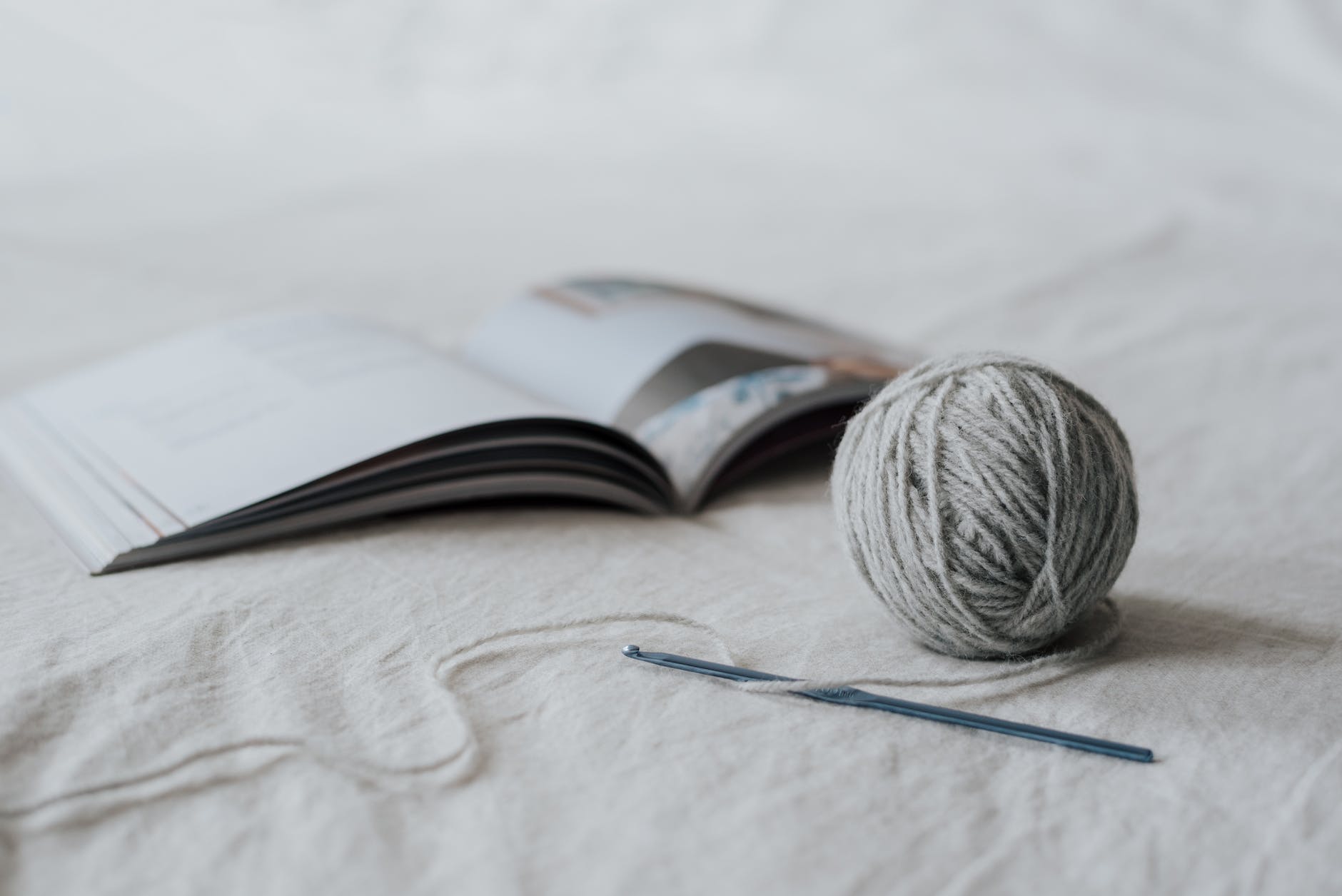Reading Crochet Symbols and Charts: A Guide for Visual Learners
Many crochet patterns use standardized symbols and charts to visually map out stitch instructions. Learning to read crochet charts opens up new pattern possibilities but can seem daunting as a beginner. This guide covers the meaning of common crochet abbreviations and symbols, how to follow chart grids, tips for visual learners, and resources to build confidence for tackling crochet patterns.
Why Learn Crochet Chart Reading?
Being able to follow crochet symbol patterns offers several advantages:
- Allows tackling a wider range of patterns
- Visual shorthand condenses complex instructions
- Charts map out constructions like cables or colorwork
- Motif patterns are clearer in chart form
- Charts help catch errors by seeing whole design layout
- Makes it easier to customize or adjust existing patterns
- Fun creative outlet for visual thinkers
Investing in these new crochet skills will improve your pattern reading confidence.
How to Read Crochet Abbreviations
Crochet uses standard abbreviations as shorthand for stitch names:
- ch = chain
- sc = single crochet
- hdc = half double crochet
- dc = double crochet
- tr = treble crochet
Other common crochet abbreviations include:
- st(s) = stitch(es)
- sk = skip
- rep = repeat
- rnd(s) = round(s)
- tch = turning chain
Learn basic shorthand to more easily follow written and charted crochet patterns.
Reading Basic Crochet Symbols
Standardized symbols represent each crochet stitch in charts:
- Chain – Small circle ●
- Slip stitch – Dot •
- Single crochet – Cross x
- Half double crochet – Crossed boxes ◊
- Double crochet – Vertical bar |
- Treble crochet – Triangles ▲
- Front/back loops – > < around symbol
- Decrease – Lines converge /\
- Increase – Extra lines out //\
With practice these visual shortcuts become intuitive for experienced crocheters.
Following Color Changes in Crochet Charts
Crochet chart keys indicate yarn color changes:
- Different color blocks show where to switch yarn
- Dots inside a block are yarn bobble accents
- Jogged lines between blocks mean to twist yarns
- Shaded blocks behind stitches form popcorns/clusters
- Small numbers inside blocks show specific yarns
Charts allow colorwork planning without cumbersome written instructions.
Crochet Chart Basics
Crochet charts provide a map to follow:
- Each square represents one stitch
- Rows read from bottom to top
- Stitches read right to left across rows
- Missed stitch spaces are blank boxes
- Repeats indicated between bold lines
- Orders for special techniques are written out
Tip: Use highlighters and row counters to track your progress!
Working in the Round from Crochet Charts
For spiral pieces:
- Chart shows every round continuously
- Rounds progress up chart
- Place marker to indicate start of rounds
- Read continuously spiraling up chart
Join rounds with slip stitch or seamless join methods.
Working Flat Panels from Crochet Charts
For back-and-forth flat pieces:
- Chart shows rows then rounds
- Alternate reading directions each row
- Turn chains may be shown between rows
- Right and wrong sides appear mirror images
Charts allow seeing the whole design layout at once.
Tips for Reading Crochet Charts
Beginner chart reading takes concentration. Here are some tips:
- Use chart with written instructions first to learn symbols
- Enlarge charts on a copy machine for easier visibility
- Highlight current row and mark rounds/rows completed
- Double check special instructions don’t get overlooked
- Study the key until stitch symbols are familiar
- Start with simple charts and build confidence
- Use stitch markers between indicated repeats
- Take breaks to avoid eye strain
With practice, reading crochet charts becomes intuitive!
Modifying and Customizing Crochet Charts
One benefit of chart reading is the ability to modify patterns:
- Substitute different stitches or colors
- Adjust sizing by adding more repeats
- Rearrange motif placement as desired
- Change construction from flat panels to spirals
- Omit confusing special techniques as needed
- Combine parts of different charts into new designs
Creatively tweaking existing patterns helps build skills.
Resources for Learning Crochet Charts
These resources help boost chart reading confidence:
- Crochet chart tutorials on YouTube
- Books like Teach Yourself Visually Crochet by Cecily Keim
- Print out blank crochet graph paper to practice
- Free symbol charts online to test knowledge
- Select beginner patterns with simple charts
- Ask experienced crocheter friends for tips
- Post questions in online crochet forums for advice
- Purchase inexpensive pattern books to get more practice
Be patient and kind to yourself as you build this useful new skill!
The Visual Language of Crochet Charts
Don’t be intimidated by the codes and symbols of crochet charting. Recognize it as a visual language you can master with study like any other. Allow charts to open your crochet world to more intricate techniques and possibilities. Soon you will glance at a crochet chart and intuitively see the beautiful completed design waiting to be stitched. Let the universal appeal of crochet symbols speak to crafters across cultures and languages. Simply follow the chart, and let your hook bring the creation to life!
